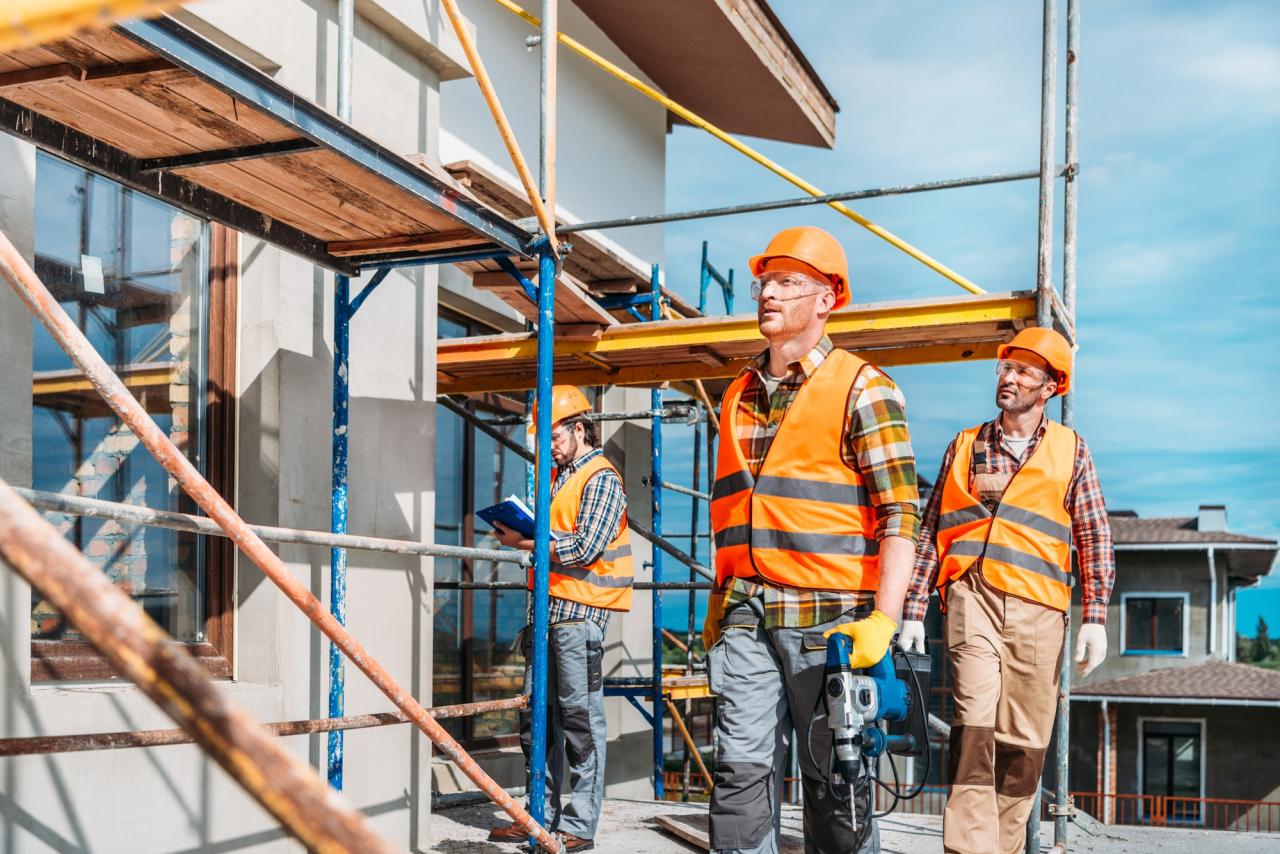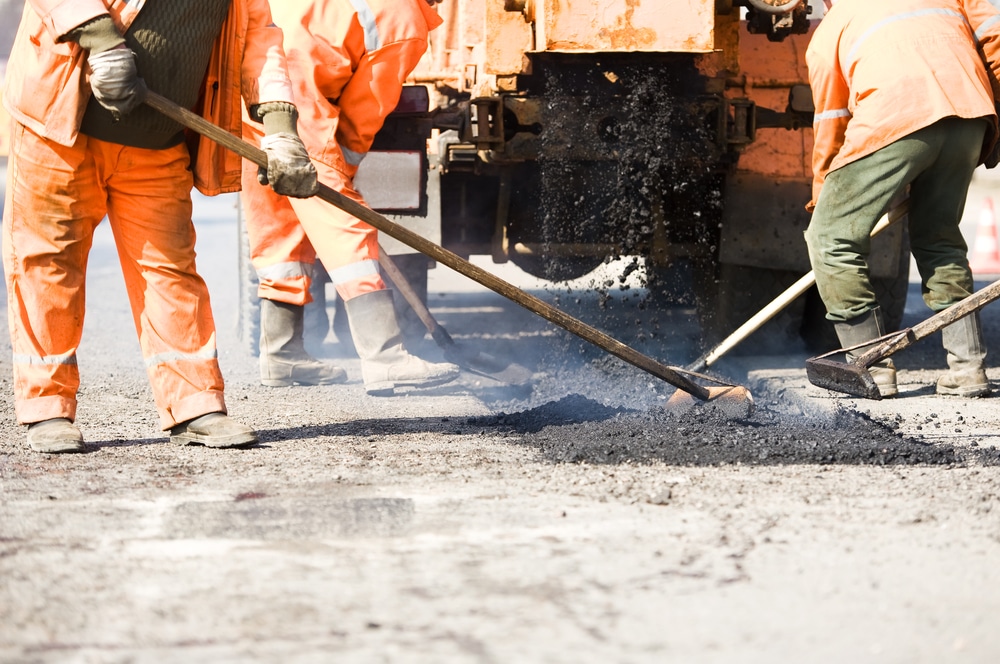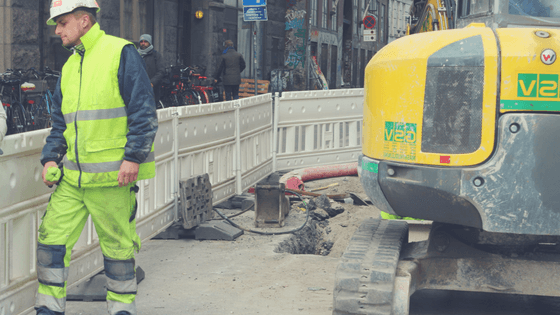Construction inspections are an essential part of the construction process. If done correctly, they can have tremendous advantages for anyone working in the industry. They can provide the certainty that everything proceeds as it should and in a safe way.
It is clear that inspectors have a crucial job. They have to check everything and give a heads up for any violations or mismanagement during the completion of the project. Inspections are very tricky and in the present post, we will try to shed some light on the various pros and cons that they may have for construction.
Nevertheless, before we do that let’s have a quick look at some substantial information around inspections.
Construction site inspections: A few central points
As we already said, construction inspections are challenging for anyone working in the industry. It is a heavy responsibility both for the agents of a project and for the inspectors themselves. For many people in the industry, detecting a violation is directly connected with the efficiency of the inspection.
In other words, with how smart or how hard an inspector is working on monitoring the progress of a project. On top of that, the neutrality of the inspector also is a key parameter. But hopefully, this isn’t a huge issue if someone is collaborating with professionals.
In general, there are two main types of inspections:
Scheduled inspections
During a scheduled inspection, things are more straightforward and structured for both sides. An “inspection target” is selected and notified beforehand. The element of surprise isn’t present in such cases. In that sense, the people who are responsible for the project have more time to prepare. The target selection is based on various criteria, such as the location or the accident risk around the project. However, there always are concerns about the neutrality of the choices.
Timing is a vital parameter for the success of the inspection!
Random inspections
Unannounced inspections tend to create more fuss, due to the element of surprise that we mentioned before. It’s an excellent way to get a more “sincere” overview of the situation but it can also lead to an inefficient inspection due to the random nature of the whole procedure.
In both cases, timing is a vital element for the success of the inspection. Furthermore, close attention to detail is a must in order for the inspectors to manage reaching to some effective conclusions.
Construction inspections: The main benefits
After analyzing some of the main characteristics of inspections in construction, let’s focus on their bright side and dive into some of their most indispensable benefits. In a nutshell, we could sum them up to the following:

Proper safety planning
The attention that inspectors invest on safety is a big plus for construction. Identifying the safest road in using equipment and making sure that all the members of your construction project aren’t in any kind of danger is priceless. And that’s why, inspections should always be one of the main pillars in a construction project.
Hazard identification
Coupled with the point made above, hazard identification is hands down one of the most mention-worthy pros of construction inspections. If you want for your inspection to have a positive outcome, you have to be fully aware of the various dangers on site. In that manner, you can also be better protected. And that’s something that adds great value to the inspector’s job.
Better task focus
Inspections may be a pain sometimes but they help those who work in a construction site to maintain an alert state of mind. In simple words, this signifies that construction workers and agents have better concentration and clearer focus on what they are doing. What is more, they have all the necessary means for working efficiently given the fact that everyone is living up to the pre-established expectations.
Improved construction quality
Inspections can have a very positive impact on the quality of the building structures. Putting together a project context that follows the existing regulations can help significantly in upgrading both its quality and safety. The greater the quality the greater the profit for those involved.
Greener construction
Last but certainly not least, the beneficial impact of inspections on the environment. At the moment, there are thorough environmental regulations for the construction industry. Inspections are contributing a lot in making construction companies actually follow them. The serious penalties that come as a result of any potential environmental violations have been, through the years, a great ally to the effort for a greener construction industry.
The cons of construction inspections

Resource waste
First point of criticism when it comes to inspections has to do with the excessive amount of resources that have to be dedicated to it. In many cases, site foremen believe that there is no inherent value in putting so much effort and assets in inspections given the lack of efficiency that characterizes them.
Inefficiency of scheduled inspections
In close relation to the prior remark, inefficiency can be a huge pain for construction inspections. Especially when we are talking about scheduled inspections. There are many concerns that planned inspections have no practical value due to the fact that the construction project agents have all the time that they need to prepare accordingly and conveniently hide any negative spots or practices.
Data validity
The legitimacy of the inspection data is another plausible worry. According to an extended research, conducted by the OSHA Integrated Management Information Service (IMIS), there often are serious inadequacies in the inspection data. This is a very important hit against the integrity and status of the whole process.
A coordinated effort and a lot of hard work are required for the issue of inspection inefficiency to be addressed.
Small scale projects
Another source of complaints regarding inspections is inextricably connected with the scale of the projects. At the time being, inspections are targeting mostly toward massive construction projects. This leaves a huge gap when it comes to more limited projects which simply aren’t getting checked as often as it should.
Lack of scope
Probably the most vital drawback of inspections has to do with its very own core. There is a strong need for reevaluating the whole process and try to narrow down its mission. In that way, inspectors can be more productive and we can build a more effective context around the whole system.
Some quick feedback for the end
Despite the serious problems that we can detect in the way inspections proceed at the moment, there still is hope! All we need is some small changes which could help in redesigning the system and create a more transparent and consistent working process. In short, here are some smart measures that we could take in order to boost efficiency:

- Inform everyone involved in construction about the existing inspection system. In that way, they would know exactly what to expect and which are the steps that they have to take.
- Adopt an online open-collaboration solution. This will speed up the whole process and won’t leave any room for misinterpretations.
- Invest on the training of both the inspectors and the project agents.
- Make progress reports part of project’s routine. In that way, you can keep easier track of any regulation violations.
These are some ways in which the issue of inspection inefficiency could be addressed. In any case, a coordinated effort and a lot of hard work are necessary.
Conclusion
All in all, it is evident that many things have to change in order for inspections to contribute drastically in the amelioration of the construction process. Nevertheless, construction inspections remain indispensable, even in their current form, as they allow for safer conditions in construction and for a better way to monitor an ongoing project.




